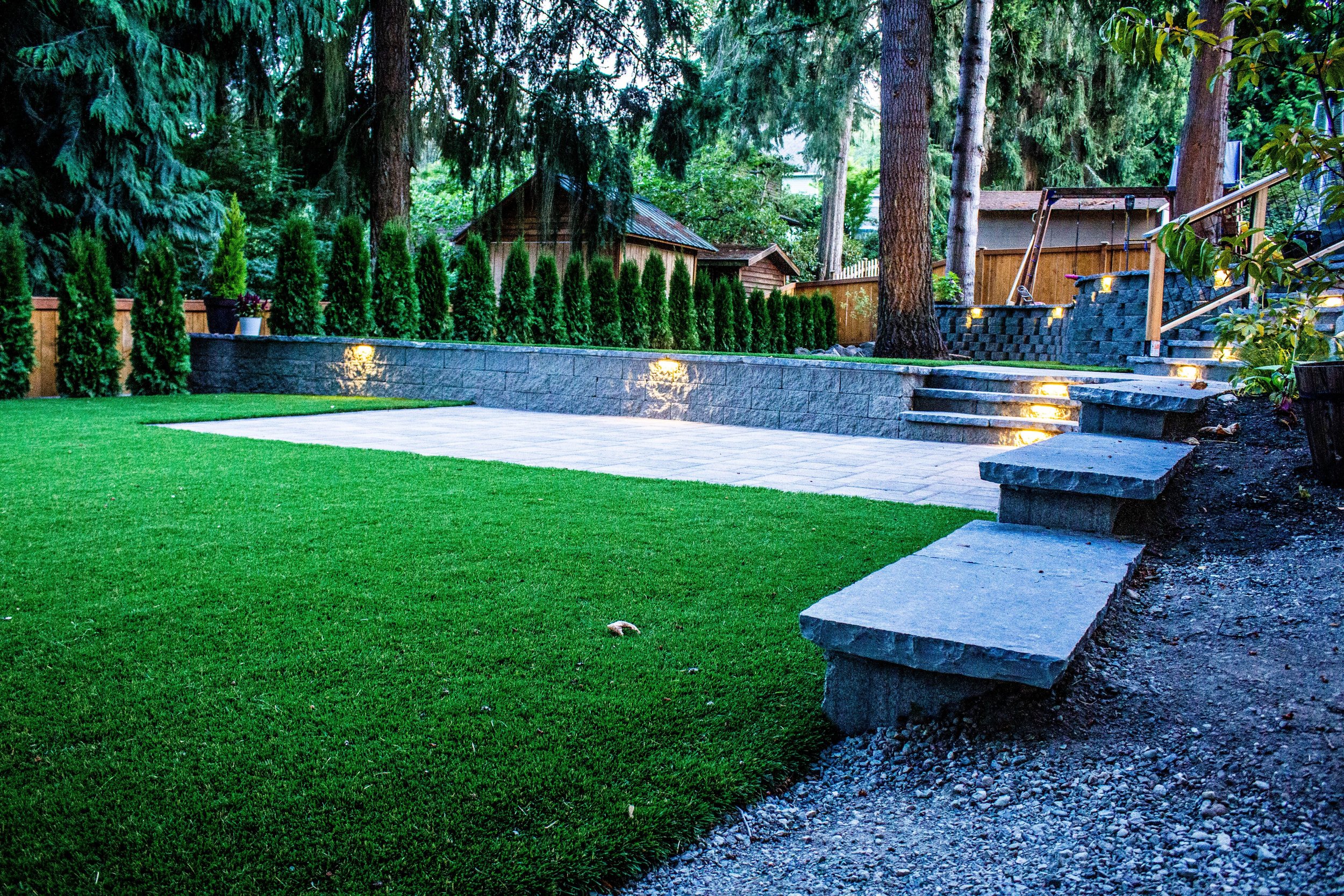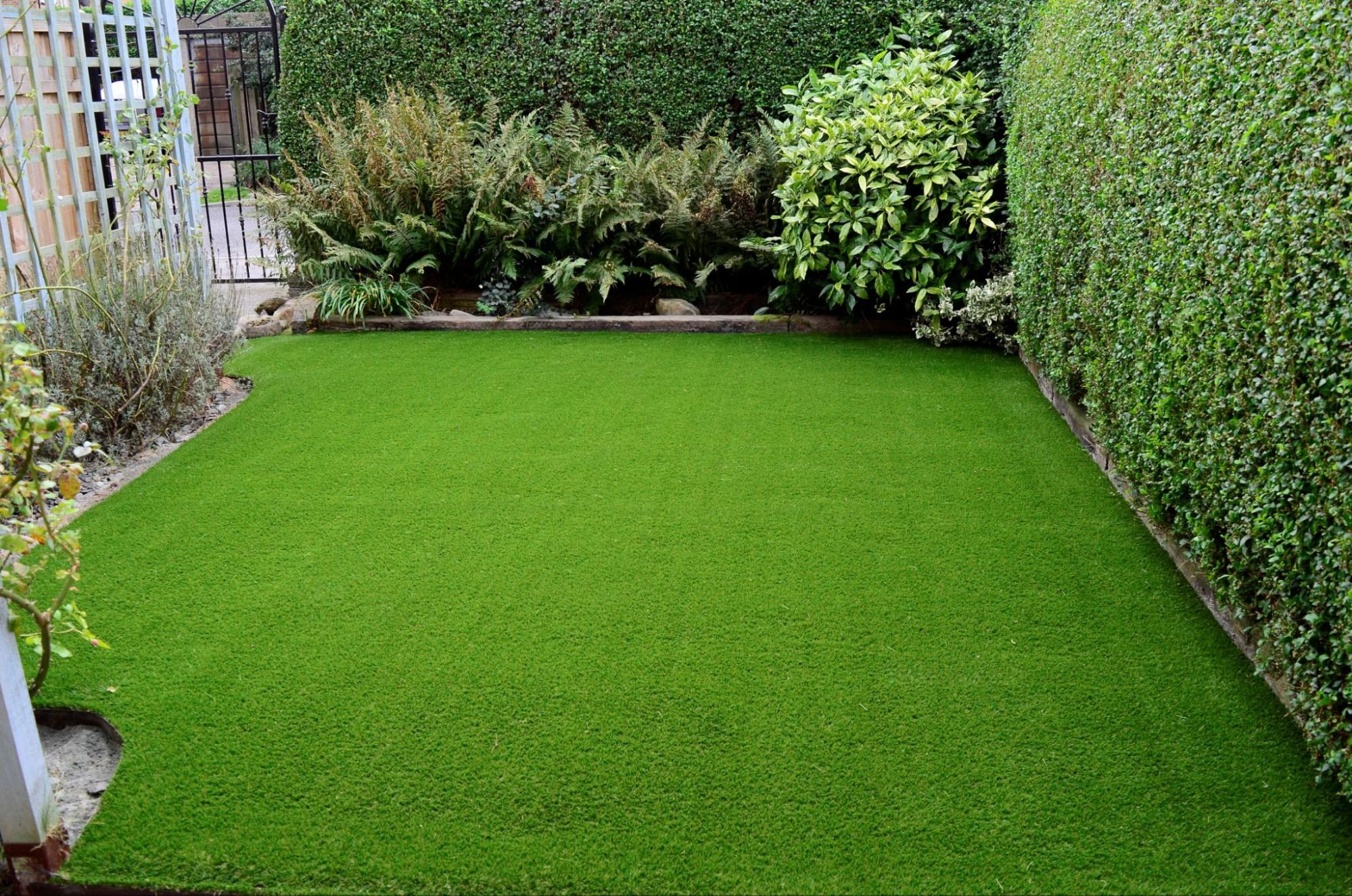See Why Homeowners Prefer Artificial Grass for Sustainable Landscape Design Practices
As homeowners increasingly prioritize sustainability in landscape design, synthetic grass has emerged as an engaging choice to conventional yard. Its ability to save water, decrease upkeep efforts, and minimize ecological effect positions it as a practical choice for those looking for environmentally friendly solutions. In addition, the visual allure and versatility of synthetic grass provide to varied style choices. The ramifications of this shift extend past plain benefit and aesthetic appeals, triggering a better examination of how these choices affect more comprehensive ecological results. What continues to be to be checked out is the complete range of benefits that fabricated grass can offer to homeowners and the setting alike.
Water Preservation Perks
One of one of the most significant advantages of synthetic grass is its role in water conservation. Conventional grass lawns call for substantial quantities of water to maintain their rich look, often causing overuse of neighborhood water sources, especially in deserts. On the other hand, synthetic grass eliminates this demand completely, as it does not require watering. This not just preserves water but also decreases the stress on local water supply, particularly during drought conditions.
Furthermore, the installation of synthetic grass can add to a more lasting landscape. Home owners can significantly lower their water bills, permitting reallocation of sources to various other ecological efforts or home uses. Additionally, synthetic grass is created to endure different climatic problems without the requirement for additional watering, making it an optimal choice for areas dealing with water scarcity.
The ecological advantages extend past instant water savings. By lowering water intake, synthetic grass aids to reduce the impacts of environment modification, preserving essential ecosystems that are threatened by extreme water removal. As lasting landscape design practices obtain traction, synthetic grass becomes a responsible selection for house owners seeking to produce environment-friendly outdoor areas.
Lowered Maintenance Initiatives
Fabricated turf dramatically decreases upkeep initiatives compared to standard turf yards. With fabricated turf, home owners can eliminate the lengthy jobs connected with all-natural landscape design, such as mowing, fertilizing, and weeding. This not only saves useful time yet likewise lowers physical labor, making lawn care easily accessible for people of all ages.
Conventional yards need frequent trimming to keep a cosmetically pleasing elevation, whereas synthetic grass stays constantly lush without the need for reducing. In addition, house owners no longer require to use pesticides or fertilizers, which are often called for to maintain natural grass healthy and balanced.
Moreover, synthetic grass is resistant and long lasting, requiring marginal maintenance beyond periodic brushing and washing to remove debris. This convenience of maintenance permits house owners to enjoy their exterior spaces without the consistent concern of upkeep, giving more time for recreation and household tasks. Ultimately, the lowered maintenance efforts connected with artificial grass make it an appealing choice for those looking for a low-maintenance, visually appealing landscape.

Environmental Influence Decrease
There is a growing acknowledgment of the environmental advantages related to synthetic grass, particularly in terms of water preservation and minimized chemical use. Standard lawns need substantial amounts of water, specifically in drought-prone regions, causing increased stress on local water resources. In comparison, synthetic lawn eliminates the need for watering, considerably lowering water consumption and advertising sustainability.
In addition, conventional yard upkeep commonly entails the application of chemicals, herbicides, and plant foods, which can add to soil and water pollution. Synthetic grass reduces this ecological threat by calling for minimal upkeep and practically getting rid of the requirement for dangerous chemicals. This not just boosts dirt health but also safeguards local environments from harmful drainage.
Furthermore, the manufacturing of all-natural grass lawns normally involves using fossil gas for trimming and landscape design tools, more adding to greenhouse gas discharges. By picking synthetic grass, homeowners can considerably reduce their carbon footprint related to lawn care tasks.
Visual Charm and Flexibility
Along with its environmental advantages, synthetic grass supplies significant visual allure and flexibility for landscaping. Home owners can achieve a rich, environment-friendly appearance year-round, getting rid click here to find out more of the seasonal variations commonly connected with all-natural turf. This constant visual not just boosts the visual charm of a property but likewise adds to a polished and well-kept appearance.
In addition, synthetic grass is offered in a range of styles, colors, and textures, enabling personalization to match individual preferences and layout motifs - Phoenix turf companies. Whether utilized in property gardens, commercial spaces, or entertainment locations, it can effortlessly incorporate into diverse landscape design layouts, from contemporary minimalist to lush tropical settings
The versatility of synthetic grass expands beyond mere look; it can be installed in numerous places, including rooftops, patios, and also interior spaces, producing opportunities for one-of-a-kind landscape design options. Additionally, it is suitable for a variety of activities, from children's backyard to pet-friendly settings, providing capability without jeopardizing style.
Eventually, the aesthetic allure and flexibility of artificial turf make it an appealing alternative for home owners seeking lasting landscaping remedies that do not compromise elegance for environmental duty.

Long-Term Expense Cost Savings
Among the most compelling benefits of synthetic grass is its potential for long-term expense savings. Unlike natural yard, which requires regular upkeep-- including mowing, watering, fertilizing, and pest control-- synthetic grass substantially minimizes these recurring costs. Homeowners can save a significant amount on water expenses, especially in regions where water scarcity is a pushing problem. The removal of grass care services better adds to monetary cost savings, as there is no demand for specialized devices or labor.
Additionally, artificial grass has a life expectancy of 15 to 25 years, relying on its top quality and use. This sturdiness lessens substitute expenses, making it a much more cost-effective option in the future. The preliminary investment in synthetic turf can frequently be recouped through the savings built up over time.
While the ahead of time expense may appear greater compared to sod installment, the collective cost savings from decreased maintenance and water use commonly exceed these initial expenses. Eventually, the adoption he said of fabricated grass not only advertises a lasting landscaping solution however also supplies house owners an economically savvy choice that aligns with lasting budgeting goals.
Conclusion
Artificial lawn arises as a compelling option for sustainable landscape design, supplying significant benefits in water conservation, decreased upkeep initiatives, and lessened ecological influence. As communities increasingly prioritize environmentally friendly methods, the adoption of man-made grass stands for a modern action toward accomplishing this post sustainable and durable landscapes.
In addition, fabricated lawn is made to withstand numerous weather problems without the requirement for extra watering, making it an excellent selection for regions facing water deficiency. (Turf installation phoenix az)

Fabricated grass emerges as an engaging choice for sustainable landscape design, using significant benefits in water conservation, reduced upkeep efforts, and diminished ecological impact.